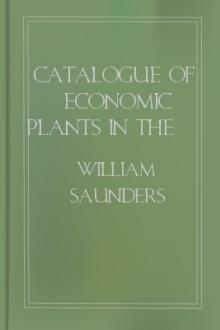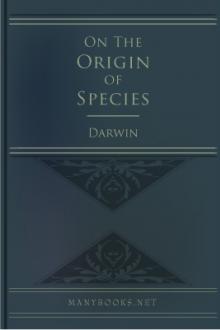Catalogue of Economic Plants in the Collection of the U. S. Department of Agriculture
Catalogue of Economic Plants in the Collection of the U. S. Department of Agriculture
I have duly prepared by your direction a descriptive list of the more important economic plants at present contained in the collection of the Department, in such a form as will, in my opinion, most satisfactorily meet the wants of the numerous visitors and others interested in the work performed by the Department in this direction, and I beg to submit the same herewith for publication.
Book Excerpt
ustard apple of the West Indies. It has a yellowish pulp and is not so highly esteemed as an article of food as some others of the species. It bears the name of Condissa in Brazil. The Anonas are grown to some extent throughout southern Florida.
34. ANONA SQUAMOSA.--The sweet-sop, a native of the Malay Islands, where it is grown for its fruits. These are ovate in shape, with a thick rind, which incloses a luscious pulp. The seeds contain an acrid principle, and, being reduced to powder, form an ingredient for the destruction of insects.
35. ANTIARIS INNOXIA.--The upas tree. Most exaggerated statements respecting this plant have passed into history. Its poisonous influence was said to be so great as not only to destroy all animal life but even plants could not live within 10 miles of it. The plant has no such virulent properties as the above, but, as it inhabits low valleys in Java where carbonic acid gas escapes from the crevices in volcanic rocks which frequently proves fatal to animals, the tr
FREE EBOOKS AND DEALS
(view all)Popular books in Nature, Non-fiction
Readers reviews
0.0
LoginSign up
Be the first to review this book

 Free Download
Free Download



























